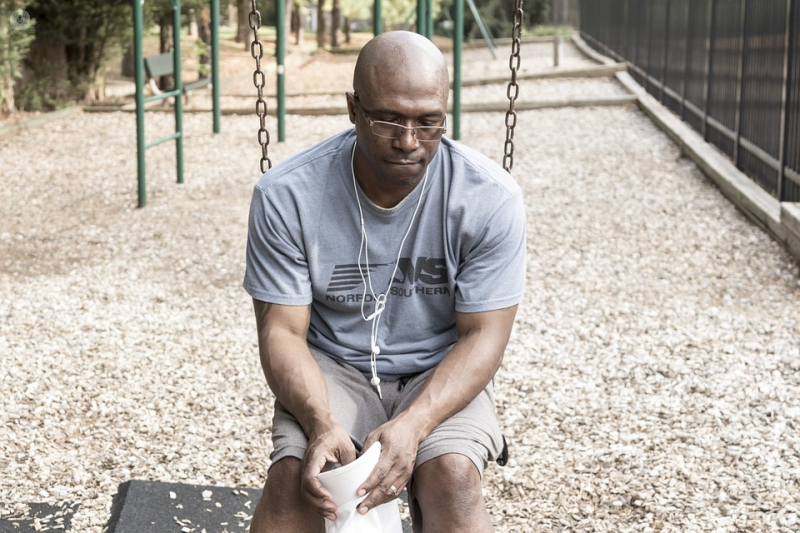
Testicular cancer - true or false? A Movember special
 Cancer of the testicle is a big fear for many men, but how much of what you know about this disease is true? In recognition of Movember, to raise awareness of men’s health issues, Top Doctors brings you a true-or-false guide to common conceptions (and misconceptions) about testicular cancer. Read on to find out how much you know!
Cancer of the testicle is a big fear for many men, but how much of what you know about this disease is true? In recognition of Movember, to raise awareness of men’s health issues, Top Doctors brings you a true-or-false guide to common conceptions (and misconceptions) about testicular cancer. Read on to find out how much you know!

Testicular cancer is the most common cancer among men
False! Cancer of the testicle is actually one of the less common cancers, with around 2,200 men diagnosed in the UK each year. Over a lifetime, the odds of developing testicular cancer are about 1 in 200. The most common cancer in men in the UK is actually prostate cancer.
The risk of testicular cancer increases as you get older
False! While fairly uncommon at any time of life, testicular cancer is most prevalent among younger men, generally between 15 and 49 years of age.
Testicular cancer is increasing in the UK
Sadly, this one is true. Since the 70s, the number of cases has more or less doubled, and no one really understands why.
A lump in or on my testicles means I have cancer
Not necessarily. There are many other possible causes of lumps on the testicle, such as testicular microlithiasis, or epididymal cysts, which are not cancerous, but may be painful.
Treatment for testicular cancer means removing the testicle
True. In most cases, the treatment is an orchidectomy (surgical removal), although in some cases chemotherapy, or, more rarely, radiotherapy may be used. If the cancer spreads to other parts of the body, chemotherapy becomes necessary.
You can’t have children after testicular cancer treatment
Usually false – testicular cancer rarely strikes in both testicles at the same time, and you only need one testicle to produce sperm – in fact, sperm production usually returns to its pre-treatment level as the remaining testicle picks up the slack, meaning that fertility is rarely affected.
But my sex life will be affected though, right?
Again, probably not! Most men are able to enjoy sex and orgasm after an orchidectomy – the remaining testicle is able to produce enough testosterone to keep both libido and erections working as normal. Even in the rare case that both testicles have cancer and are removed, testosterone replacement therapy can provide a solution.
Testicular cancer has a high fatality rate
False, false, false! The good news is that it is one of the most curable cancers out there, with a 95% 5-year survival rate. The earlier it is detected, the easier to treat and prevent from spreading.
If you notice any lumps or swelling in your testicles, get it checked out by your doctor or a specialist.
Movember
In recent years, November has become the month to raise awareness for men’s health issues, including testicular cancer, prostate cancer, and mental health issues. Men all over the world are growing moustaches to raise awareness and money for charity.

